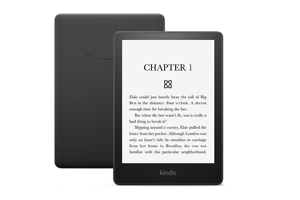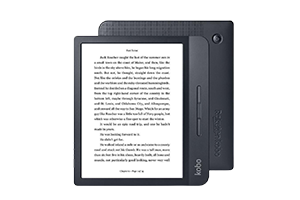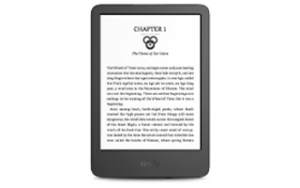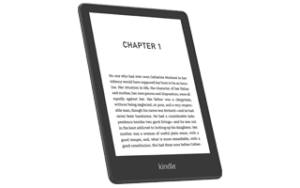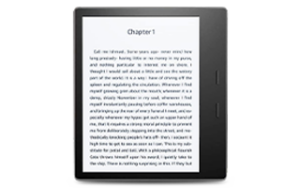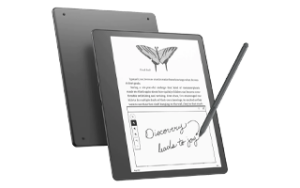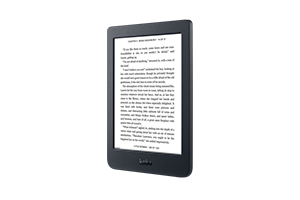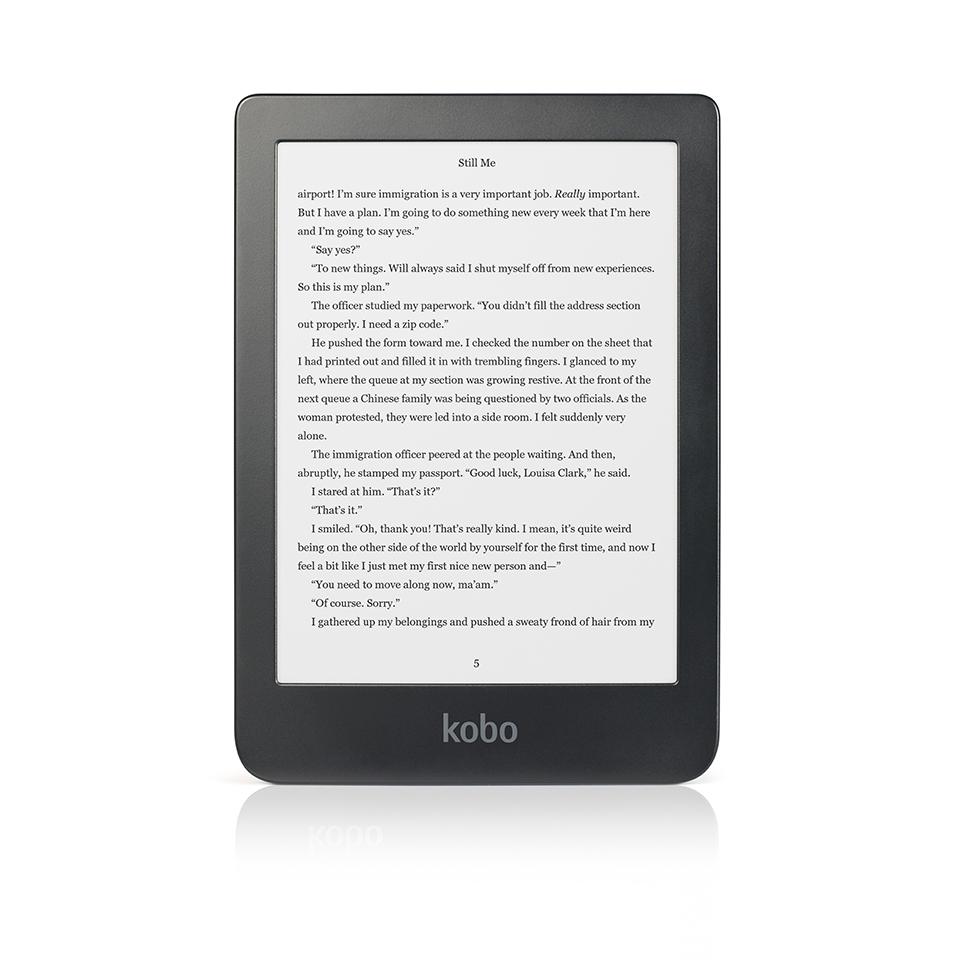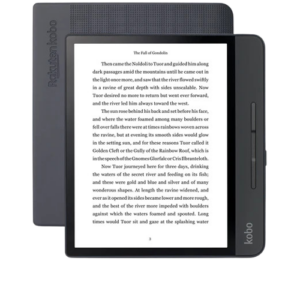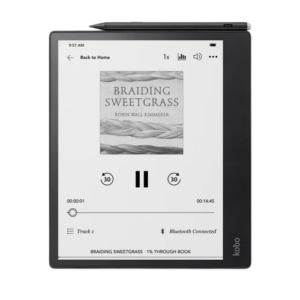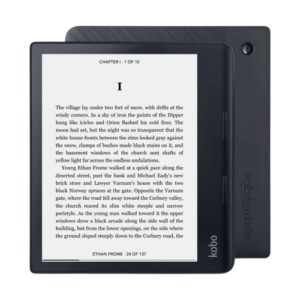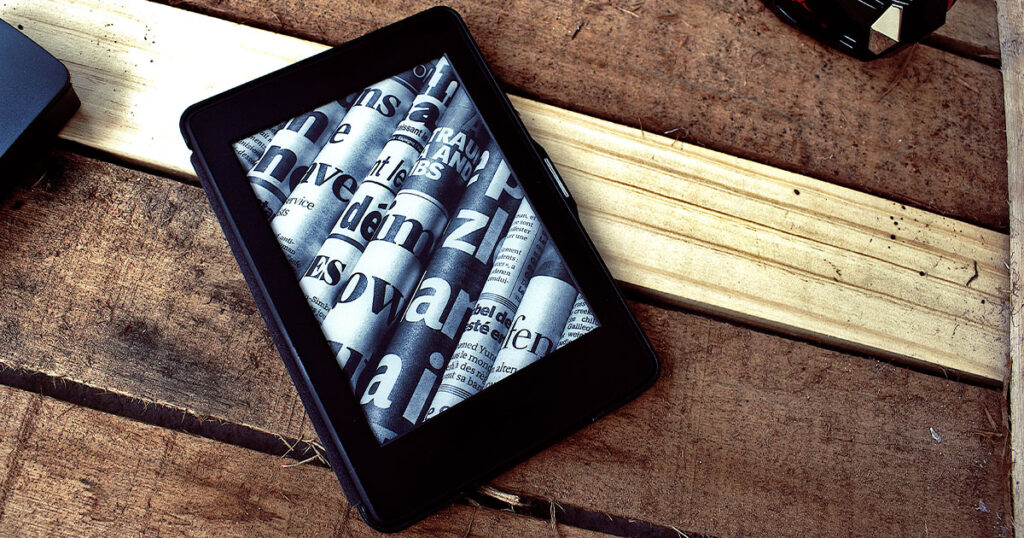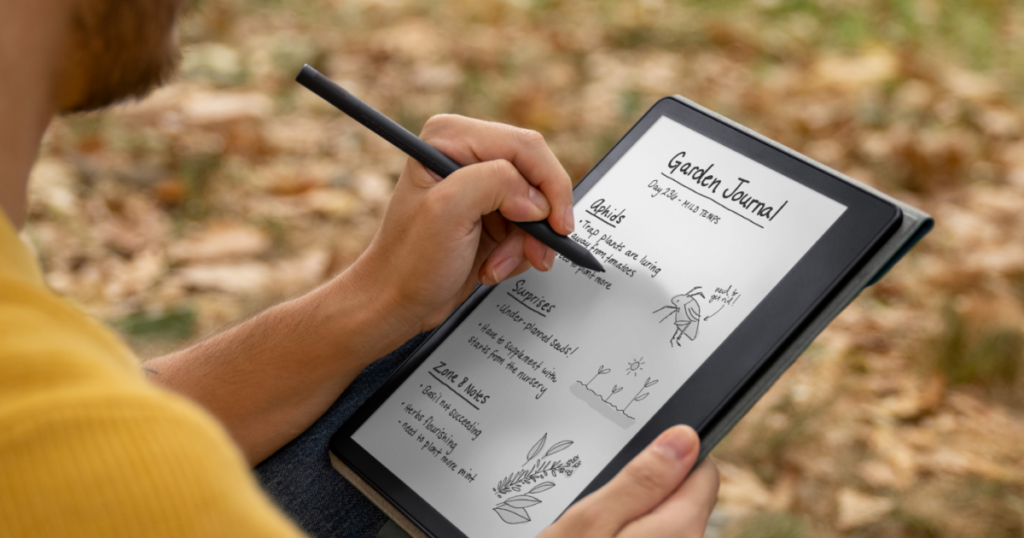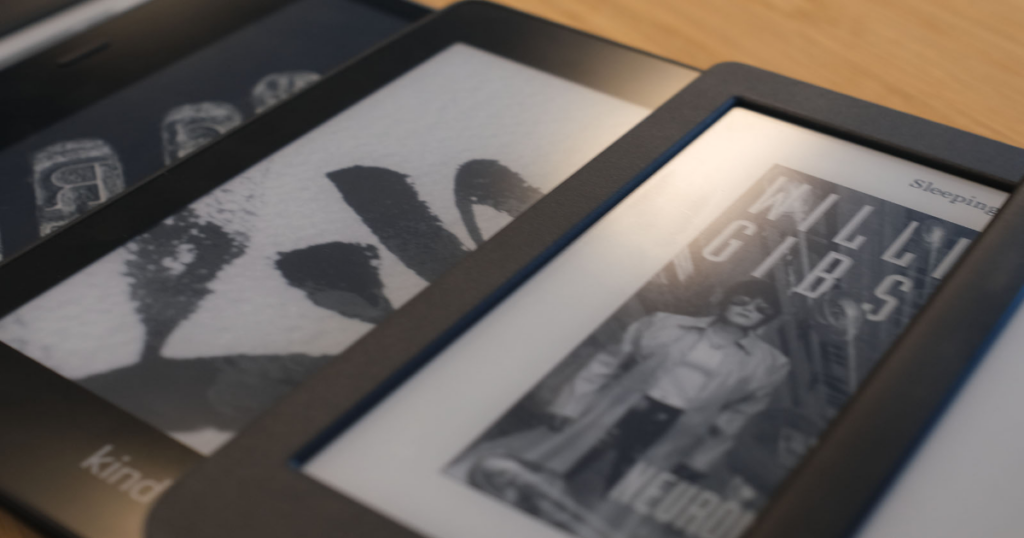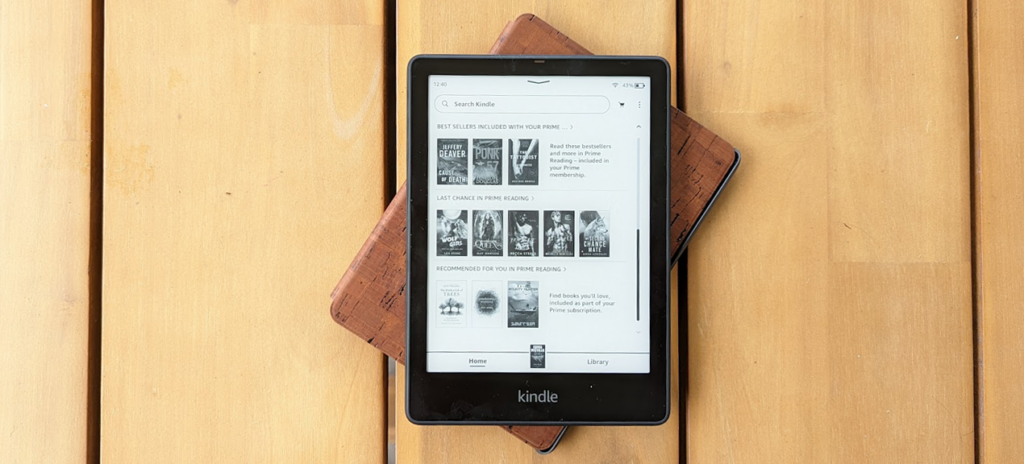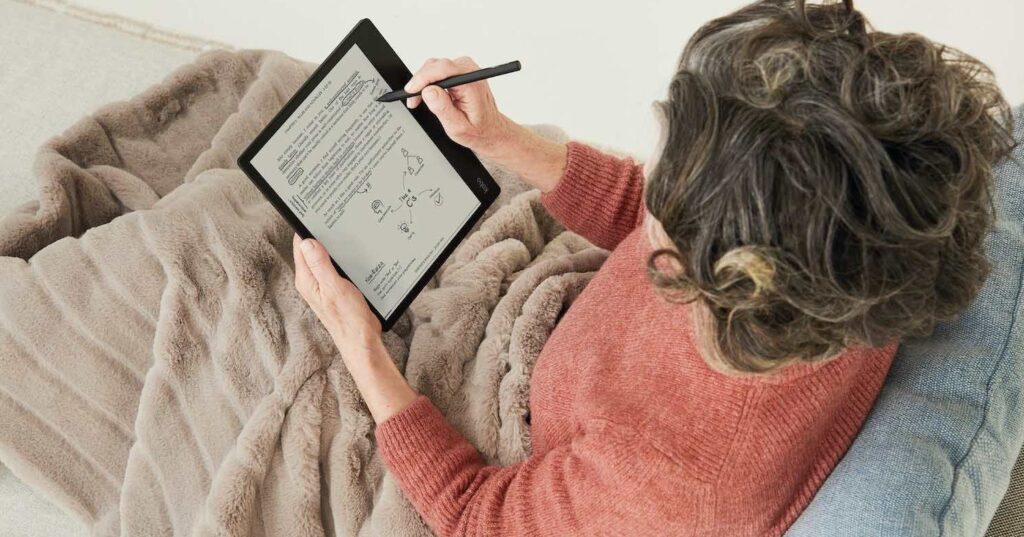Once you go digital, you’ll never go back.
Ereaders in Australia: Everything you need to know
While they may seem like relatively new innovations, ereaders (also known as ebook readers) have actually been around since 1998, a year after the invention of electronic paper.
It wasn’t until the early ‘00s, however, that ereaders began to skyrocket in popularity, thanks to the release of Sony ereaders and the ever-popular Amazon Kindle. Nowadays, an estimated 16 per cent of Australians are ebook aficionados, spending around $136 million per year on digital reads.
But for the uninitiated, ereaders can seem like something of an enigma. How exactly do they work? Are they really worth it? And if so, which one should you buy? Kindle or Kobo?
We're here to break down everything you need to know about ereaders in Australia, from what they actually do to what you need to look for in a device.
What is an ereader?
Put simply, an ereader is a device that allows you to read ebooks.
Ebooks are essentially just digital versions of physical books that allow you to customise the book’s font and text size, make notes, highlight passages and look up words and phrases. Ereaders are also typically Wi-Fi-enabled, meaning you don’t need to head to the shops or library to pick up a book. Instead, you just download them like you would a song, video or podcast.
How do ereaders work?
Ereaders work by utilising electronic paper rather than a traditional LCD that you might find on a regular tablet.
Electronic paper reflects the light around it without the need for a backlight (though most modern ereaders include one anyway, for night reading). As such, you can read it in bright daylight and, unlike your phone, it will be clear and easy to read. Plus, because they don't rely on light or colour, ereaders can last weeks (even months, depending on how often you use it) on a single charge.
Size-wise, most ereaders are slightly wider than a small paperback (think Penguin Classics), meaning they fit easily in one or both hands. They’re usually about half a centimetre thick or so, have a screen between the size of six and eight inches and weigh less than 200g, making them perfect companions for commutes and holidays.
While there used to be a few more players in the ereader space, these days, there are really only two options: Amazon’s Kindle or a Rakuten Kobo. Both do essentially the same thing (allowing you to read ebooks), but with a different user interface, different digital bookstores and different perks.
Think of it like iPhone vs Android - they’re both great, it’s just a matter of preference.
Sony was one of the pioneers of ereaders, releasing the Sony Librie back in 2004. However, there haven’t been any new Sony ereaders since 2014. While you can still use one if you’ve already got it, you won’t receive any new security or software updates, and can’t purchase new books directly from your device.
If your Sony ereader has had it, we’d recommend replacing it with a Kindle or Kobo. They’re both incredibly popular, meaning they won’t be going anywhere anytime soon, and both get regular updates and offer ebooks in their own on-device store.
What should I look for in an ereader?
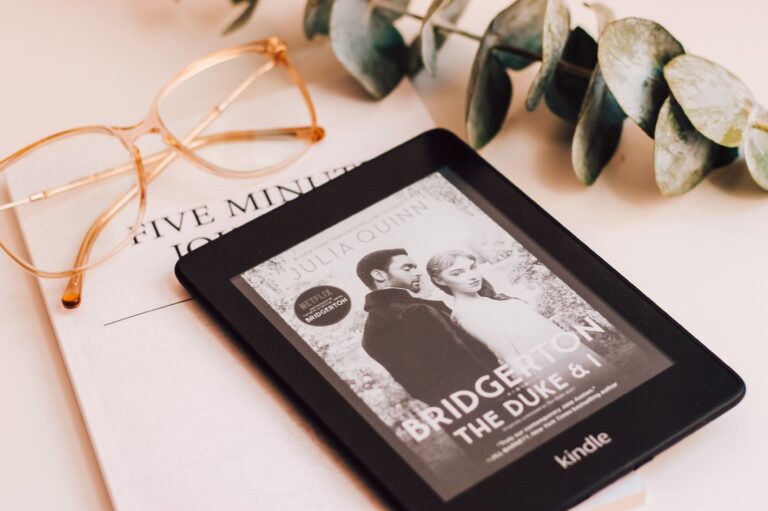
Unlike phones and laptops, where a lot of money will get you far more perks than you’d find in a budget model, most ereaders do essentially the same thing. Forking out a little extra cash, however, will get you some added bonuses. Whether you’re getting a brand-new Kindle or Kobo or fetching a bargain on Facebook Marketplace or eBay, there are a few things you should keep an eye out for.
Storage
Almost all current Kobo ereader models, from the budget buy Kobo Nia to the expensive Kobo Forma, come with 8GB storage. You’ll find the same storage on the entry-level Kindle, Kindle Paperwhite and Kindle Oasis, however, the some models also come in 32GB variants.
You might think that 8GB isn’t a lot, considering how quickly our smartphone storage seems to fill up, but for an ereader, it’s actually quite a lot. Remember, your device isn’t holding photos or videos - only ebooks, which only take up about 2.6MB on average. 8GB of storage can account for over 3,000 books, which is more than enough to keep even the most voracious readers occupied.
Buttons
All current Kobo and Kindle models use touch controls as standard. These are easy to use, intuitive and should suit most readers. However, more expensive models (namely the Kobo Libra, Kobo Forma and Kindle Oasis) tend to come with physical buttons for turning the page, which can be super useful if you like to read one-handed.
Another thing to keep in mind is the location of the power button. This might seem trivial, but it’s worth going in store and holding an ereader to figure out if the power button will or won’t get in the way of your grip. For example, as much as I love my Kindle Paperwhite, the power button just so happens to be located right where I rest my fingers, meaning I’m constantly turning it off by accident.
Backlight
All modern ereaders come with backlights nowadays, meaning you can read late into the night without bothering your sleeping partner. However, if you’re considering purchasing a second-hand ereader, it’s important to note that some older models don’t include a backlight and therefore can only be used in bright light.
One thing that sets the premium models (Kobo Clara HD, Kobo Libra H2O, Kobo Forma and Kindle Oasis) apart from their budget-friendly counterparts is warm light (and in the case of the Oasis, auto-brightness). Reading at night, though fun, isn’t exactly great on the eyes, so these models include the ability to shift the backlight from white to a warmer tone.
Waterproofing
If, like me, you like reading in the bath or at the beach, you’ll want to invest in a waterproof ereader. Both the Kindle Paperwhite and Kindle Oasis are rated IPX8 waterproof, as are the Kobo Libra H2O and Kobo Forma, meaning they should survive up to two hours of submersion in two-metre-deep fresh water.
Should I get a Kindle or Kobo?
In the time since this video was first uploaded Kobo now has Bluetooth support, a subscription service and better integration with public libraries.
As I mentioned previously, choosing between a Kindle and a Kobo is a lot like choosing between iPhone and Android. They both serve the same purpose, but do it in different ways.
If you’re already deep into the Amazon ecosystem (i.e. you’re a Prime member or own Amazon Echo smart speakers), then it’s natural to gravitate towards the Kindle. If you are a Prime member, it does make the most sense, given you not only get access to Amazon Prime video, but also Prime Reading, which includes a regularly-updated selection of more than 1,000 ebooks available at no extra cost. If you want even more, Amazon also offers Kindle Unlimited, a subscription service that offers unlimited access to more than a million books for just $13.99 a month (kind of like Netflix, but for bookworms).
On the downside, you’re pretty limited as to where you can buy your ebooks, as Kindles are only compatible with Kindle ebooks (.azw files), .mobi book files and PDFs. The big absence in this list is .epub book files, which are by far the most available ebook file type, especially if you are accessing free books from libraries and the public domain. By making it near impossible to use .epub files on Kindles, Amazon makes it so that you will visit the Kindle Book store whenever you need something new to read.
Here's how each model compares.
Kobo, on the other hand, is something of a lone wolf. Rakuten Kobo only make ereaders. That’s their gig, and they’re damn good at it. The Kobo is compatible with any .epub file, meaning you can buy ebooks from places like Booktopia, borrow from your local library or even get some classics for free. Plus, like Kindle, you can also purchase books right on your ereader from Kobo’s own ebook store.
Compare all the current Kobo models below.

Ereader FAQs
Is it worth buying an ereader?
If you're only reading a single paperback every few months, maybe dropping a couple hundred dollars on a nice reader is hard to justify. However, if you're a more ravenous reader or frequently irked by the inconvenience of having to fit a hardbacked volume into your bag, then a dedicated ereader is probably going to be worth the money.
Whether an ereader is worth it arguably comes down to how much you read and how much more convenient that an ereader would be relative to physical books.
What's the difference between ebook and ereader?
An ebook is a digital version of a physical text. Think of it like you would an MP3 and traditional music. In comparison, an ereader is a slate-like device that's primarily designed for the reading of ebooks. It's basically an iPod for ebooks.
Is it better to read on an ereader or a tablet?
Ebooks can be read on computers, via web browsers, smartphones and even tablets.
There are some advantages that come with using a tablet like the iPad as an ereader, but a more specialised device like a Kindle can offer superior battery life and a more pleasant reading experience.
Are ereaders good for your eyes?
Staring at anything for long periods of time is rarely good for your eyes. Fortunately, ereaders like the Kindle do have an advantage over tablets, laptops and smartphones when it comes to this. Some studies have shown that e-ink displays like the one on the Kindle induce less eye strain than LCD screens do.
Is my iPad an ereader?
The iPad is not an ereader. It is a tablet. You can read ebooks using it just as easily as you can your iPhone, but that's just one thing it can do rather than the niche that the Kindle or the Kobo is designed to fill.
Related Articles



